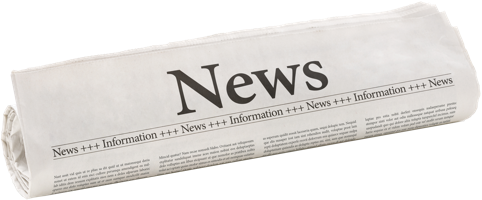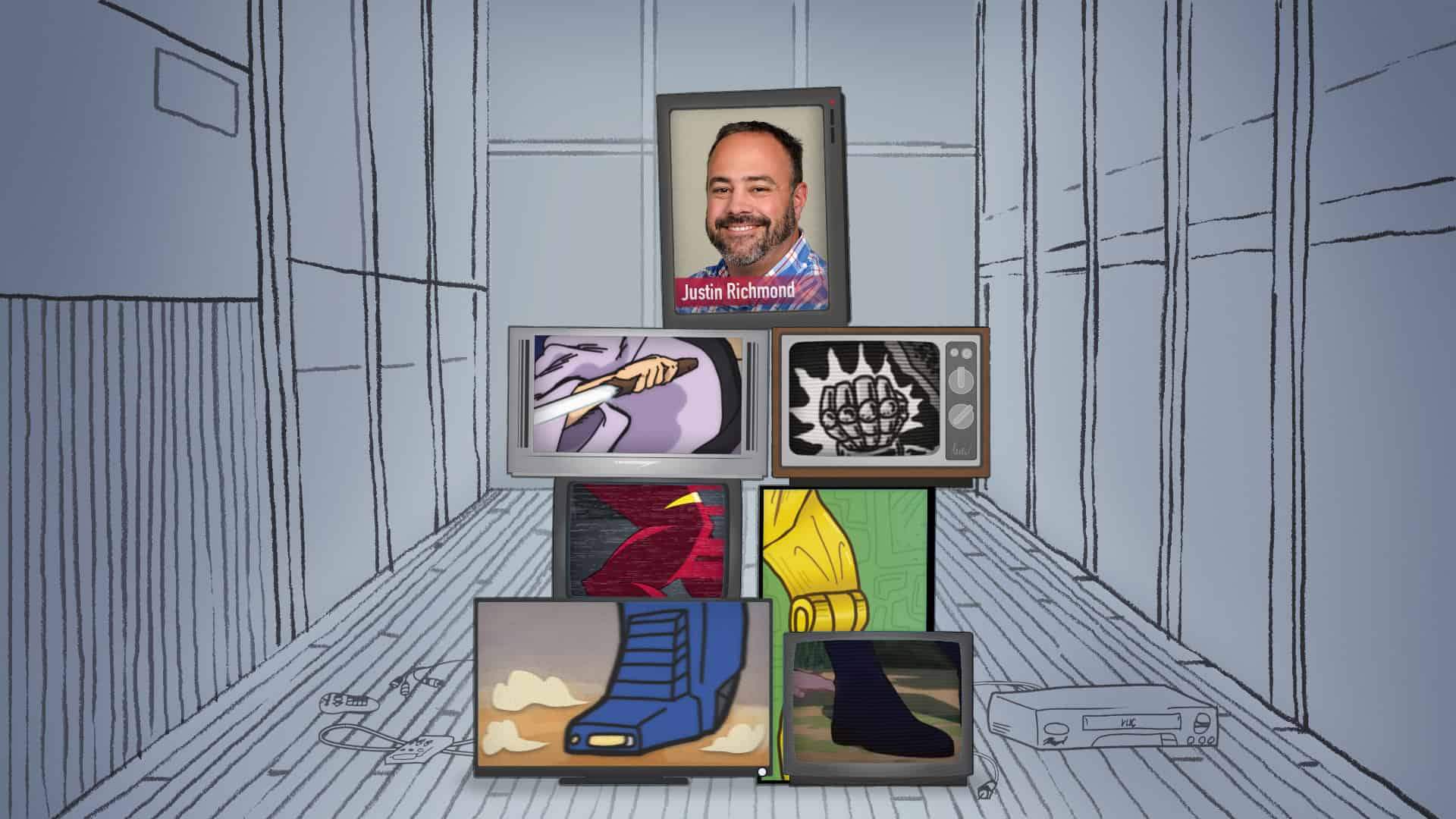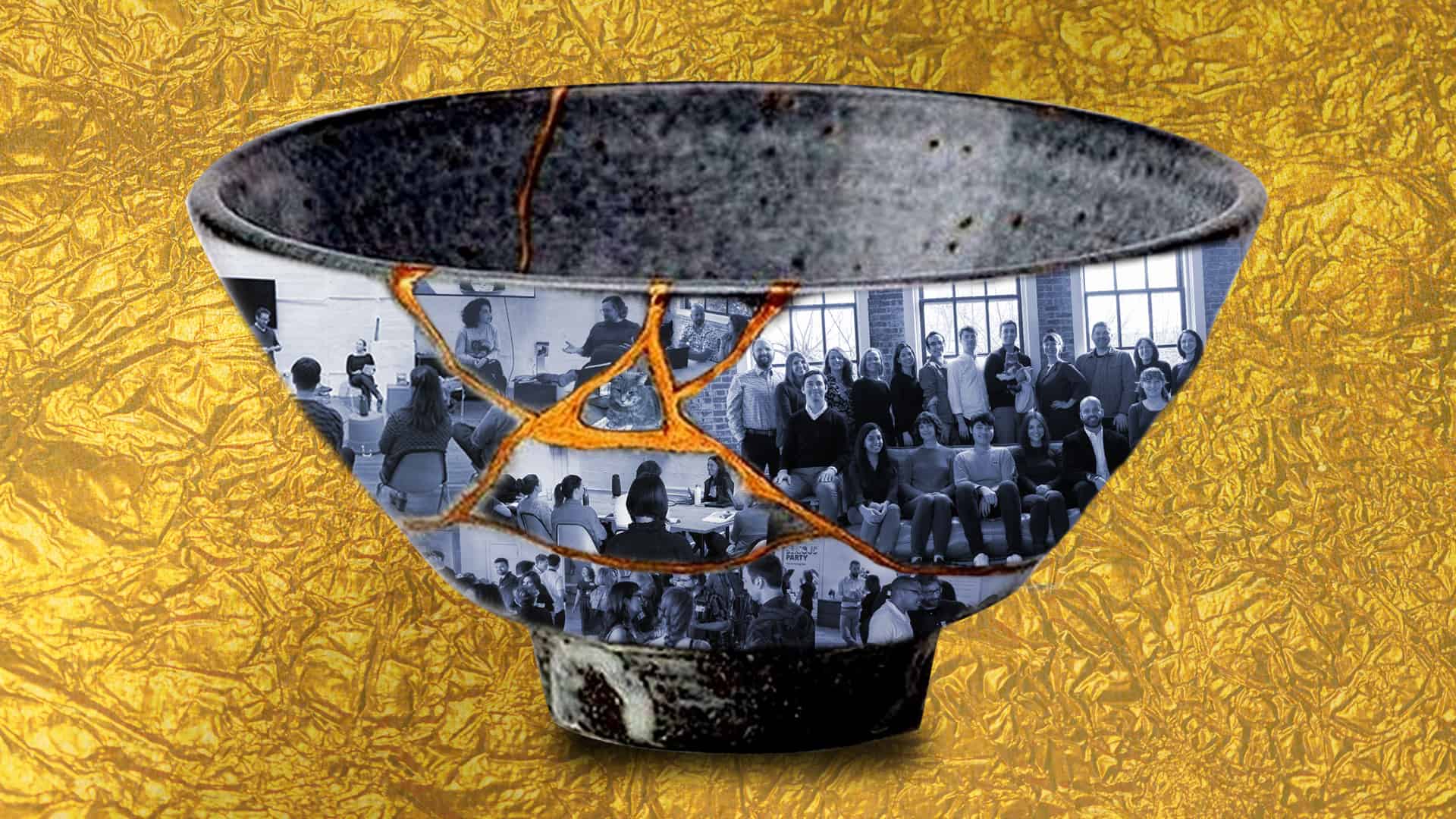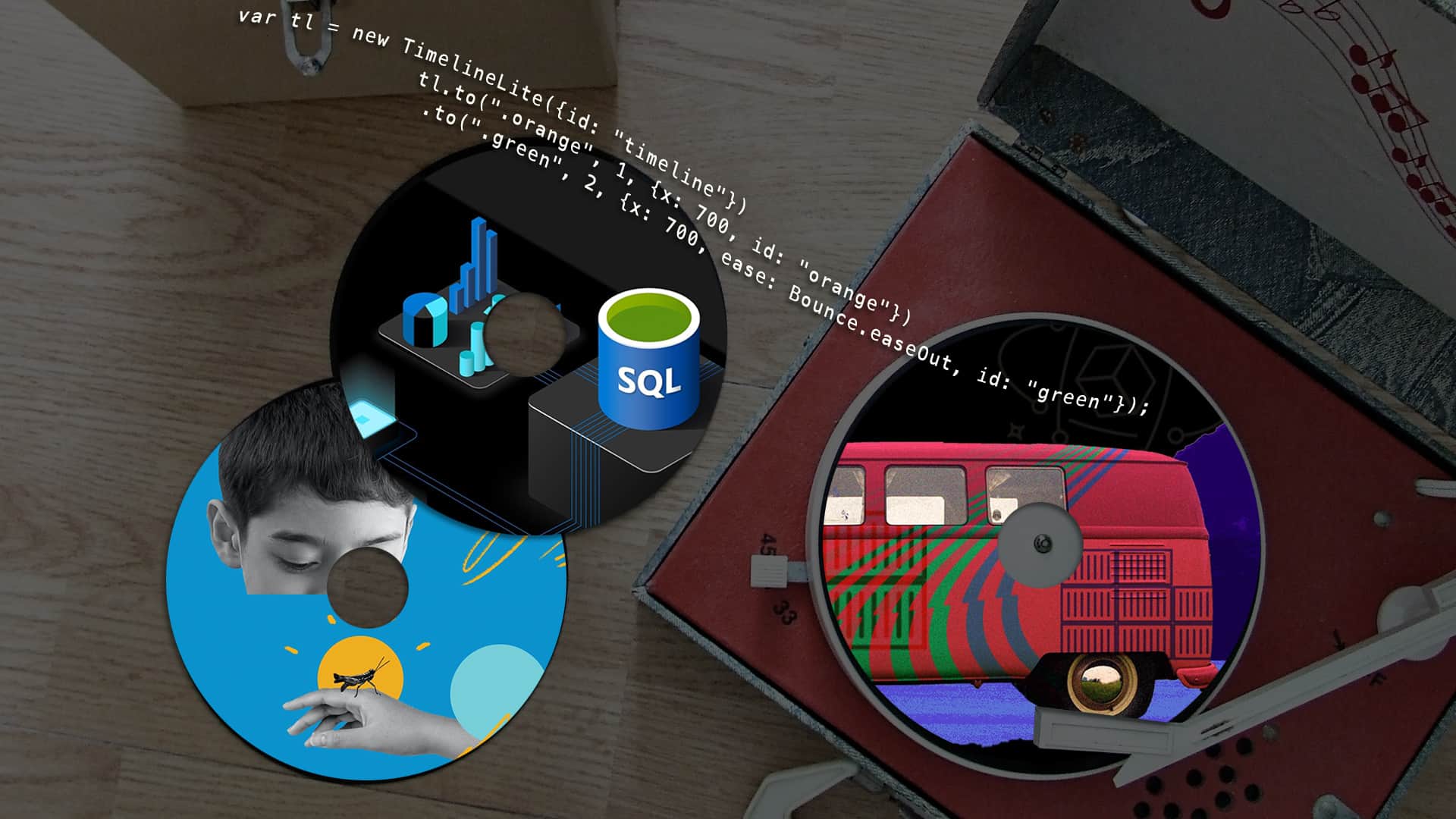By Katy Nally
Terry Gross could interview a ham sandwich and I’d still sit enrapt on the edge of my seat. Terry is an interview master, no doubt because she’s been doing it for 47 years. On her show, Fresh Air, she’s interviewed presidents, journalists, authors, musicians, you name it. If I’m lucky enough to be cooking dinner when her show is on, it’s a good day—especially now that COVID-19 has squashed my entertainment plans.
Lately (let’s just say I’ve had more time for the radio) I’ve paid special attention to how Terry conducts her interviews, hoping to garner some wisdom I can apply to my own day job. As a writer for a marketing agency, I often interview customers or partners and use their insights to build out case studies. My goal is always to channel my inner Terry and stick to these best practices that earned her a black belt in asking questions.
Construct a narrative arc with questions
This isn’t just Terry’s trick for engaging radio. Organizing your questions into a beginning, middle, and end will help warm up the interviewee to feel more comfortable and make it easier for them to follow your thought process. The narrative arc for case studies is pretty straightforward—situation, challenge, solution, results—and that can serve as the framework for your questions. That being said, don’t be afraid to go off script and ask follow-up questions that are outside your conversation guide. If it seems like a juicy thread to pull, by all means, yank it.
Give quick context to frame questions
There are three kinds of interviewees—the talk-too-much, the talk-too-little, and the talk-just-right. I’ve never actually encountered that last group, but they’re rumored to exist. For the other two, giving enough context will save you time and dignity. For the talk-too-much-ers, you’ll want to frame your questions in a way that tells them what you already know, then you need to be very explicit about the answer you’re looking for. This will stop them from spending 10 minutes of your precious interview describing the landscape you’re already familiar with. For the talk-too-little-ers, questions with no parameters might freak them out and lead to three-word answers. A little context will go a long way to make them feel like they’re talking to someone in the know who’s actually listening. Of course, that means you have to do your research up front!
Ask what we’re all thinking
Terry asks the questions we’re all dying to know—not right away of course, where’s the suspense in that!? But it’s a good reminder not to shy away from tough questions just because they’re potentially uncomfortable. For case studies, that could mean asking how a customer could have done it better, or faster. Or asking how much money they made. This requires some tact and transparency, making sure the interviewee knows they’re allowed to push back.
All that in mind, the best advice is to shut up and listen. You likely only have 30 minutes to an hour with the interviewee, so try not to waste precious minutes giving your opinion on things. And when in doubt, ask yourself what would Terry do.
Share the storyhttps://2a.consulting/blog/amazing-case-studies-start-with-radio-worthy-interviews/
Collapse the story








